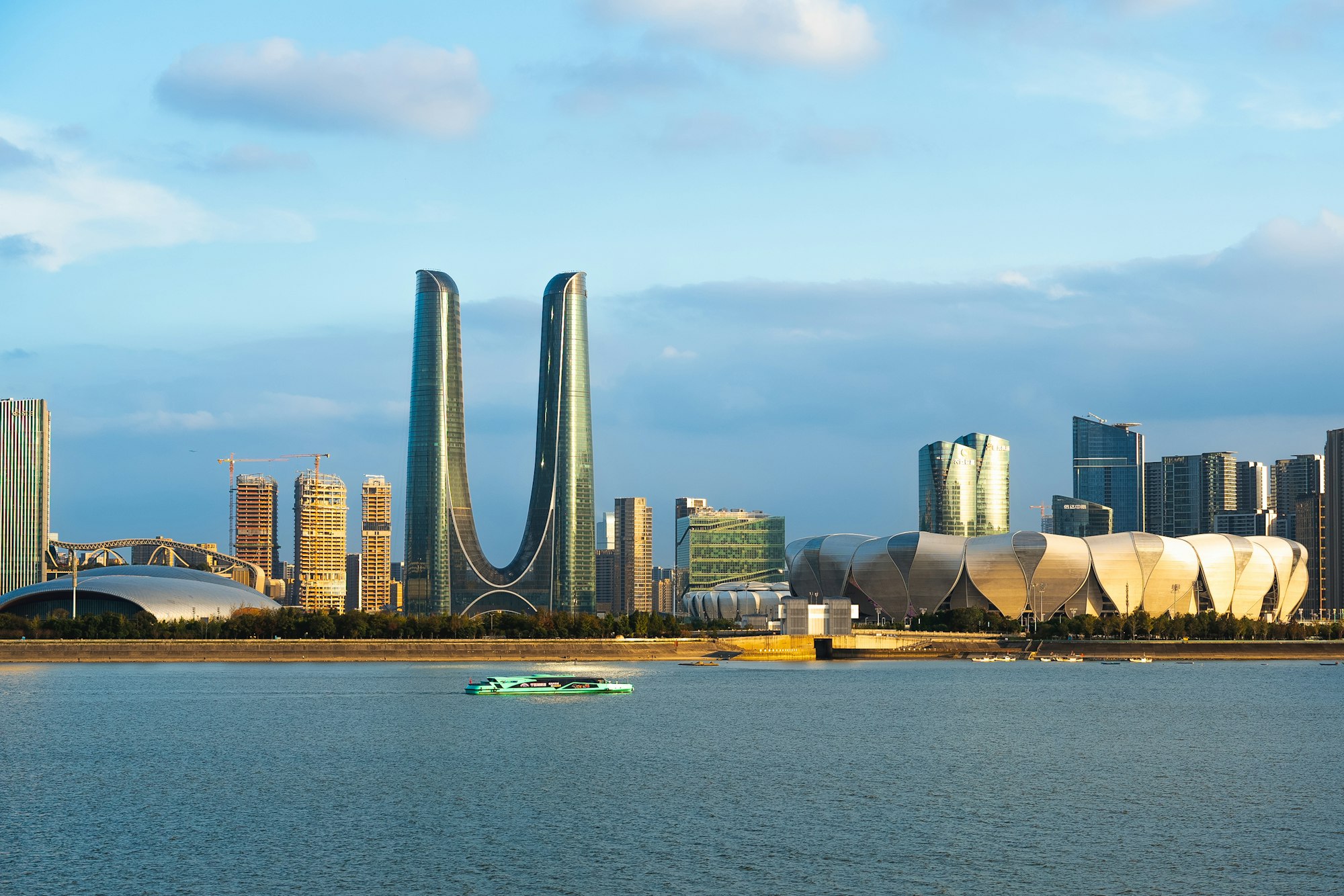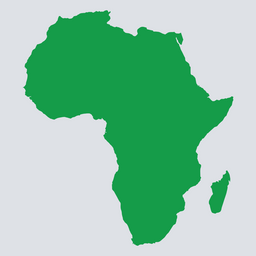OP-ED - GPUs to gigawatts: how Africa’s energy potential could re-shape the AI landscape
As AI’s hunger for power grows, Africa’s untapped energy reserves could redefine the continent’s role in the global tech race.

When OpenAI investor Brad Gerstner interviewed OpenAI CEO Sam Altman and Microsoft CEO Satya Nadella on a recent BG2 podcast episode, he asked Altman how a company with $13 billion in revenue justifies $1.4 trillion in commitments. Altman's bristling retort was telling: "Happy to find a buyer for your shares."
Later, Nadella re-iterated something instructive he’d previously surfaced under less scrutinised circumstances: Microsoft has NVIDIA GPUs sitting in racks that cannot be turned on because there is not enough energy to feed them. Turns out the constraint is not compute but power and data centre space.
This matters for Africa because the bottleneck just moved.
Africa's energy advantage
I caught up recently with Ian Wambai on Tayo Akinyemi's recommendation. Akinyemi, who hosts The Trajectory Africa podcast exploring the first principles of VC investing in Africa and serves as advisor to African Tech Roundup, thought Wambai would be worth a conversation. Wambai is founder of the Africa Compute Fund, but his background as an agri-focused fintech founder (co-founder and CTO of VunaPay) and software developer gives him a practitioner's perspective.
His argument: Africa's opportunity is not about matching Silicon Valley's playbook but building from different fundamentals. East Africa's geothermal capacity stands at roughly 900 megawatts according to International Renewable Energy Agency (IRENA) data, but exploration drilling confirms significant untapped resources across the East African Rift System. "One of the huge benefits of there not being already a hyperscaler existence on the continent, it means we can do it from scratch," Wambai explained.
That premise looked more theoretical until May 2024, when Microsoft and G42 announced a $1 billion investment in Kenya for a geothermal-powered data centre at Olkaria. The facility will tap into 100 MW of geothermal power initially, expandable to 1 GW. Google launched its Johannesburg cloud region in early 2024, and the largest data centre operator in South Africa, Teraco, is currently building a 120MW solar facility in the Free State province. The land-grab is happening, just later than in other regions.
Which validates Wambai's point about timing but complicates his pitch. If hyperscalers are now securing African energy infrastructure, what space remains for alternative local models?
Carrier neutrality question
Wambai describes customers already paying for GPU hours and transition programmes helping enterprises integrate AI. The use cases: fraud detection for fintech, customer care automation, local language education. None requires Artificial General Intelligence (AGI) - a hypothetical type of AI with human-like cognitive abilities - to deliver value today. But building this infrastructure requires capital, and here Wambai's approach diverges from traditional tech funding models.
The financing is unconventional. Where venture capital demands equity, Wambai pursues debt with GPUs as collateral. "We realised what we're dealing with is hardcore infrastructure, which can be collateralised."
This sounds compelling until you consider Africa's interest rates and currency volatility. Debt financing for technology that depreciates annually carries risks. NVIDIA's H100s, currently the gold standard, are widely expected to be outpaced by next-generation chips within 18-24 months - a brutal depreciation cycle that has even Microsoft hedging its bets. Financing assets that lose 30-40% of their performance advantage yearly through debt in high-interest African markets compounds the risk.
The gap between current reality (several GPUs, early customers) and stated ambition (100,000 GPUs, scaling to a million) is substantial.
But as product growth strategist Aakash Gupta noted on X in response to Nadella's comments: "You can order 100,000 GPUs and get delivery in 6 months. You cannot order 500 megawatts and get it online in 6 months." The competitive moat is no longer model quality but energy access. You simply cannot build a powered data centre in six months.
Satya just told you the entire AI trade thesis is wrong and nobody is repricing anything.
— Aakash Gupta (@aakashg0) November 3, 2025
Microsoft has racks of H100s collecting dust because they literally cannot plug them in. Not "won't," cannot. The power infrastructure does not exist. Which means every analyst model that's… https://t.co/5CIynKjSfp
Wambai's alternative vision emphasises carrier neutrality - infrastructure that remains vendor-agnostic, allowing customers to choose their cloud provider rather than being locked into a single ecosystem like Azure or AWS.
"The important thing is who's the person who owns the equity that owns the GPUs?" It is a pointed question.
Microsoft's Kenya facility runs exclusively on Azure. Cassava's 3,000 GPU deployment across South Africa, Nigeria, Kenya, Morocco and Egypt operates within NVIDIA's vertical integration. First-mover advantages in securing power might create dependencies lasting years.

Efficiency counternarrative
China's DeepSeek demonstrated in January that comparable AI results can be achieved with one-tenth the resources of Western models. Questions remain about whether they trained on other LLMs without attribution, but the architectural breakthrough suggests efficiency might matter more than scale. If resource constraints drive innovation in China, African builders under similar pressures might chart paths that neither replicate Western excess nor import yesterday's assumptions.
For Africa, this means asking not whether to match Silicon Valley's scale but whether to build differently on a more context-relevant foundation. Wambai's examples (fraud detection, local language models, customer care automation) do not require AGI. They require affordable, low-latency compute and culturally relevant training data.

Execution challenge
Cassava executive chairman Strive Masiyiwa's diplomatic criticism of OpenAI adds context. His argument appears to be that Africa needs infrastructure but should be pragmatic about partnerships. Whether this constitutes genuine optionality or dependency with better pricing remains to be seen - particularly given Cassava’s recent, undisclosed investment from NVIDIA.
Microsoft's defence of their OpenAI partnership has so far focused on revenue growth and business fundamentals rather than AGI timelines. The contractual arrangement ensures Microsoft captures value regardless of whether or not AGI materialises. That suggests the real opportunity is building infrastructure that delivers value today.
The policy coordination required (think data localisation laws, regional compute-sharing, harmonised energy infrastructure) demands continental alignment Africa struggles to deliver. The African Continental Free Trade Area (AfCFTA) initiative offers a sobering reference. Meanwhile, South Africa's power utility Eskom (and other state-owned power supply monopolies across the continent) remains a cautionary tale of tenuous infrastructure execution.
What actually matters
The infrastructure decisions being made now will shape what becomes possible later. What matters is whether that infrastructure is designed around constraints that actually bind (power, deployment speed, ownership) rather than assumptions from two years ago, never mind ten.
The work is incremental. The challenges are substantial. But if the bottleneck has indeed moved from compute to power, Africa's energy reserves become strategically relevant. The Microsoft-G42 investment proves hyperscalers recognise this. Whether African-led alternatives can capture value alongside (or instead of) those partnerships depends on execution, not heady aspiration.
The window is open. But, alas, windows don’t stay open.
Editorial Note: A version of this opinion editorial was first published by Business Report on 28 October 2024.



